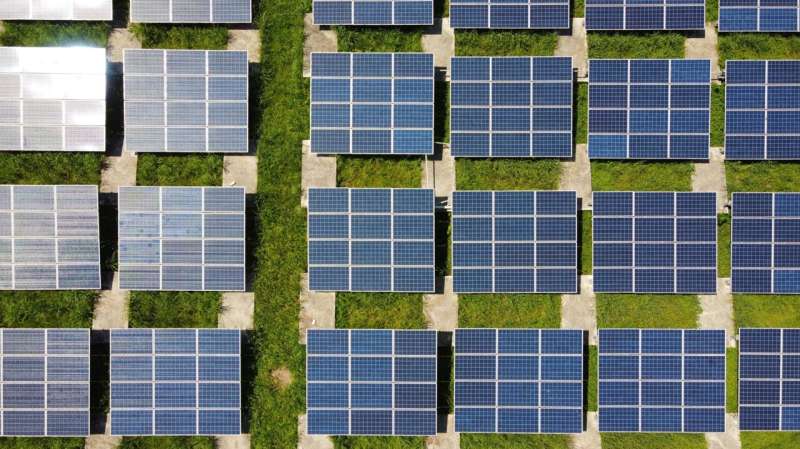New Model Forecasts Renewable Growth for Distributed Energy Resources
By Caitlin Kizielewicz, Carnegie Mellon University’s Heinz College
Edited by Stephanie Baum, reviewed by Robert Egan

In the past decade, the rapid rise of distributed energy resources (DERs) — including rooftop solar panels, energy storage systems, and electric vehicles — has reshaped the modern power grid. A new study from Carnegie Mellon University introduces an advanced model designed to forecast renewable energy growth at both circuit and substation levels, offering utilities more precise insights into future grid developments.
The research, developed by a team at Carnegie Mellon’s Heinz College, is published as a working paper on the arXiv preprint server. It has already gained recognition — named a finalist for the Best Applied Paper Award at the 2025 INFORMS Data Mining and Decision Analytics Workshop, and its condensed version won Best Paper at the IEEE Power and Energy Society General Meeting.
“The growth of DERs presents both opportunities and operational challenges for grid management,” explains Shixiang (Woody) Zhu, Assistant Professor of Data Analytics at Heinz College and co-author of the study.
“Accurately predicting who will adopt DERs is critical for planning infrastructure, but the uncertainty and uneven spatial distribution of adoption complicate traditional forecasting methods.”
Excessive local DER penetration can stress power distribution systems, causing voltage instability, reverse power flow, and potential damage to substations and transformers. Forecasting this growth is complicated by uncertain adoption patterns, which depend on shifting policies, technology costs, customer behavior, and local socioeconomic conditions.
To address this, the researchers partnered with a utility in Indianapolis, Indiana, to analyze its future distributed energy portfolio — including solar and electric vehicle adoption. Their model introduces hierarchical spatio-temporal uncertainty quantification, which improves both accuracy and reliability over existing models. The results will be used in the utility’s biannual integrated resource planning process.
While the model is optimized for short-term forecasting, its data-driven design makes it less suitable for predicting long-term effects of future policy changes not yet reflected in historical data. This limitation highlights the challenge of modeling DER adoption in a nonstationary, policy-sensitive environment.
“DERs are no longer peripheral technologies; they are becoming integral components of the electricity grid,” says Wenbin Zhou, Ph.D. candidate in Machine Learning and Public Policy at Heinz College and lead author of the study.
“Our findings show that quantifying structured uncertainty is essential to supporting reliable and resilient grid planning as distributed energy adoption continues to evolve.”
More information:
Wenbin Zhou et al., Hierarchical Spatio-Temporal Uncertainty Quantification for Distributed Energy Adoption, arXiv (2024). DOI: 10.48550/arxiv.2411.12193






